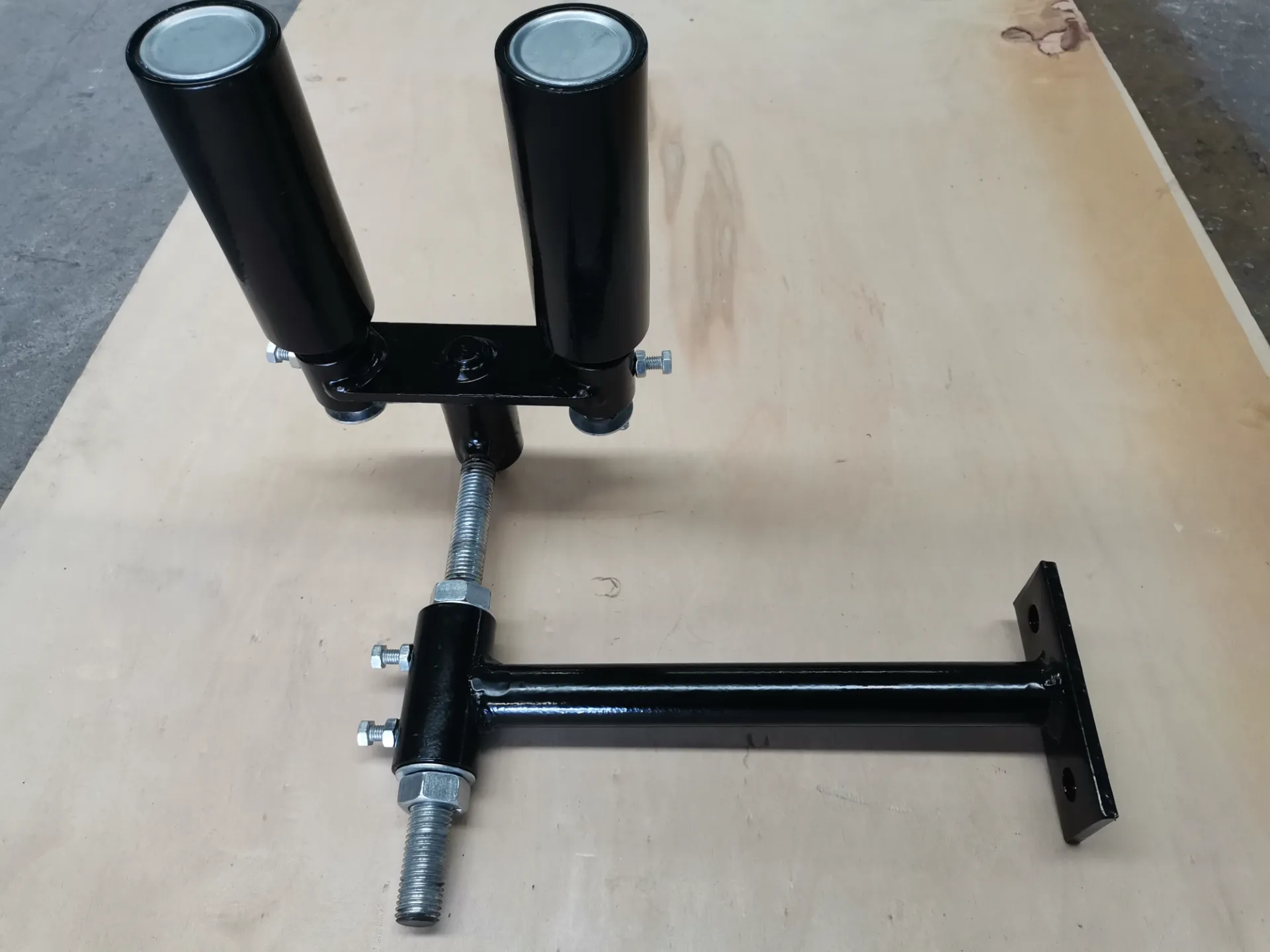 Afrikaans
Afrikaans  Albanian
Albanian  Amharic
Amharic  Arabic
Arabic  Armenian
Armenian  Azerbaijani
Azerbaijani  Basque
Basque  Belarusian
Belarusian  Bengali
Bengali  Bosnian
Bosnian  Bulgarian
Bulgarian  Catalan
Catalan  Cebuano
Cebuano  Corsican
Corsican  Croatian
Croatian  Czech
Czech  Danish
Danish  Dutch
Dutch  English
English  Esperanto
Esperanto  Estonian
Estonian  Finnish
Finnish  French
French  Frisian
Frisian  Galician
Galician  Georgian
Georgian  German
German  Greek
Greek  Gujarati
Gujarati  Haitian Creole
Haitian Creole  hausa
hausa  hawaiian
hawaiian  Hebrew
Hebrew  Hindi
Hindi  Miao
Miao  Hungarian
Hungarian  Icelandic
Icelandic  igbo
igbo  Indonesian
Indonesian  irish
irish  Italian
Italian  Japanese
Japanese  Javanese
Javanese  Kannada
Kannada  kazakh
kazakh  Khmer
Khmer  Rwandese
Rwandese  Korean
Korean  Kurdish
Kurdish  Kyrgyz
Kyrgyz  Lao
Lao  Latin
Latin  Latvian
Latvian  Lithuanian
Lithuanian  Luxembourgish
Luxembourgish  Macedonian
Macedonian  Malgashi
Malgashi  Malay
Malay  Malayalam
Malayalam  Maltese
Maltese  Maori
Maori  Marathi
Marathi  Mongolian
Mongolian  Myanmar
Myanmar  Nepali
Nepali  Norwegian
Norwegian  Norwegian
Norwegian  Occitan
Occitan  Pashto
Pashto  Persian
Persian  Polish
Polish  Portuguese
Portuguese  Punjabi
Punjabi  Romanian
Romanian  Russian
Russian  Samoan
Samoan  Scottish Gaelic
Scottish Gaelic  Serbian
Serbian  Sesotho
Sesotho  Shona
Shona  Sindhi
Sindhi  Sinhala
Sinhala  Slovak
Slovak  Slovenian
Slovenian  Somali
Somali  Spanish
Spanish  Sundanese
Sundanese  Swahili
Swahili  Swedish
Swedish  Tagalog
Tagalog  Tajik
Tajik  Tamil
Tamil  Tatar
Tatar  Telugu
Telugu  Thai
Thai  Turkish
Turkish  Turkmen
Turkmen  Ukrainian
Ukrainian  Urdu
Urdu  Uighur
Uighur  Uzbek
Uzbek  Vietnamese
Vietnamese  Welsh
Welsh  Bantu
Bantu  Yiddish
Yiddish  Yoruba
Yoruba  Zulu
Zulu Design and Functionality of Guide Rollers in Mechanical Systems
The Importance of Guide Rollers in Modern Machinery
In the vast world of machinery and industrial equipment, guide rollers play a vital yet often overlooked role. These cylindrical components, often mounted on mechanical systems, ensure smooth movement and stability for conveyor systems, automation equipment, and various other applications. Their importance cannot be understated, as they offer both functional benefits and enhance overall operational efficiency.
What Are Guide Rollers?
Guide rollers are designed to guide and support the movement of products or materials along a specific path. They come in various shapes, sizes, and materials, depending on the application they serve. Typically, they are made from durable materials such as steel, plastic, or polyurethane, allowing them to withstand different loads and environmental conditions. The central function of a guide roller is to facilitate smooth and reliable movement, reducing friction and wear on the mechanical components they support.
Applications of Guide Rollers
Guide rollers are prevalent across various industries, especially in manufacturing, logistics, and automation. For instance, in conveyor systems, they enable the seamless transfer of items from one point to another. The rollers ensure that products are aligned correctly, preventing jams and ensuring efficient handling. In automated systems, such as robotic arms, guide rollers are essential for accurate positioning and movement, allowing for precise tasks to be executed with minimal error.
In addition to traditional conveyor systems, guide rollers are also found in more specialized applications
. For example, they are crucial in packaging machinery, where they support and guide products during the packing and sealing processes. Similarly, in the textile industry, guide rollers help in the smooth movement of fabric as it undergoes various processing stages.Benefits of Using Guide Rollers
guide roller

One of the primary benefits of employing guide rollers is the reduction in friction between moving parts. This decrease in friction leads to less wear and tear on machinery, ultimately extending the lifespan of components and reducing maintenance costs. Furthermore, by guiding materials accurately, guide rollers minimize the risk of damage to products, contributing to better overall quality control.
Another significant advantage is the improvement in operational efficiency. Smooth and uninterrupted movement significantly boosts productivity, as equipment can operate continuously without unnecessary stoppages. This reliability is particularly crucial in high-throughput environments where delays can lead to substantial financial losses.
Choosing the Right Guide Roller
Selecting the appropriate guide roller involves understanding the specific requirements of the application. Factors such as load capacity, environmental conditions, and desired movement speed play an essential role in this decision. For high-load applications, steel rollers may be preferable, while lighter applications may benefit from plastic or polyurethane rollers.
It's also essential to consider the maintenance requirements of the guide rollers. Some may require regular lubrication, while others are designed to be self-lubricating, reducing the need for frequent maintenance checks.
Conclusion
In summary, guide rollers are more than just simple mechanical components; they are integral to the performance and reliability of various machinery. By ensuring smooth movement and reducing friction, they not only enhance operational efficiency but also improve the lifespan of the systems they support. As industries continue to evolve and automate, the importance of these components will only grow. Investing in high-quality guide rollers is essential for any business looking to optimize their machinery and ensure consistent operational success.
-
Revolutionizing Conveyor Reliability with Advanced Rubber Lagging PulleysNewsJul.22,2025
-
Powering Precision and Durability with Expert Manufacturers of Conveyor ComponentsNewsJul.22,2025
-
Optimizing Conveyor Systems with Advanced Conveyor AccessoriesNewsJul.22,2025
-
Maximize Conveyor Efficiency with Quality Conveyor Idler PulleysNewsJul.22,2025
-
Future-Proof Your Conveyor System with High-Performance Polyurethane RollerNewsJul.22,2025
-
Driving Efficiency Forward with Quality Idlers and RollersNewsJul.22,2025





























